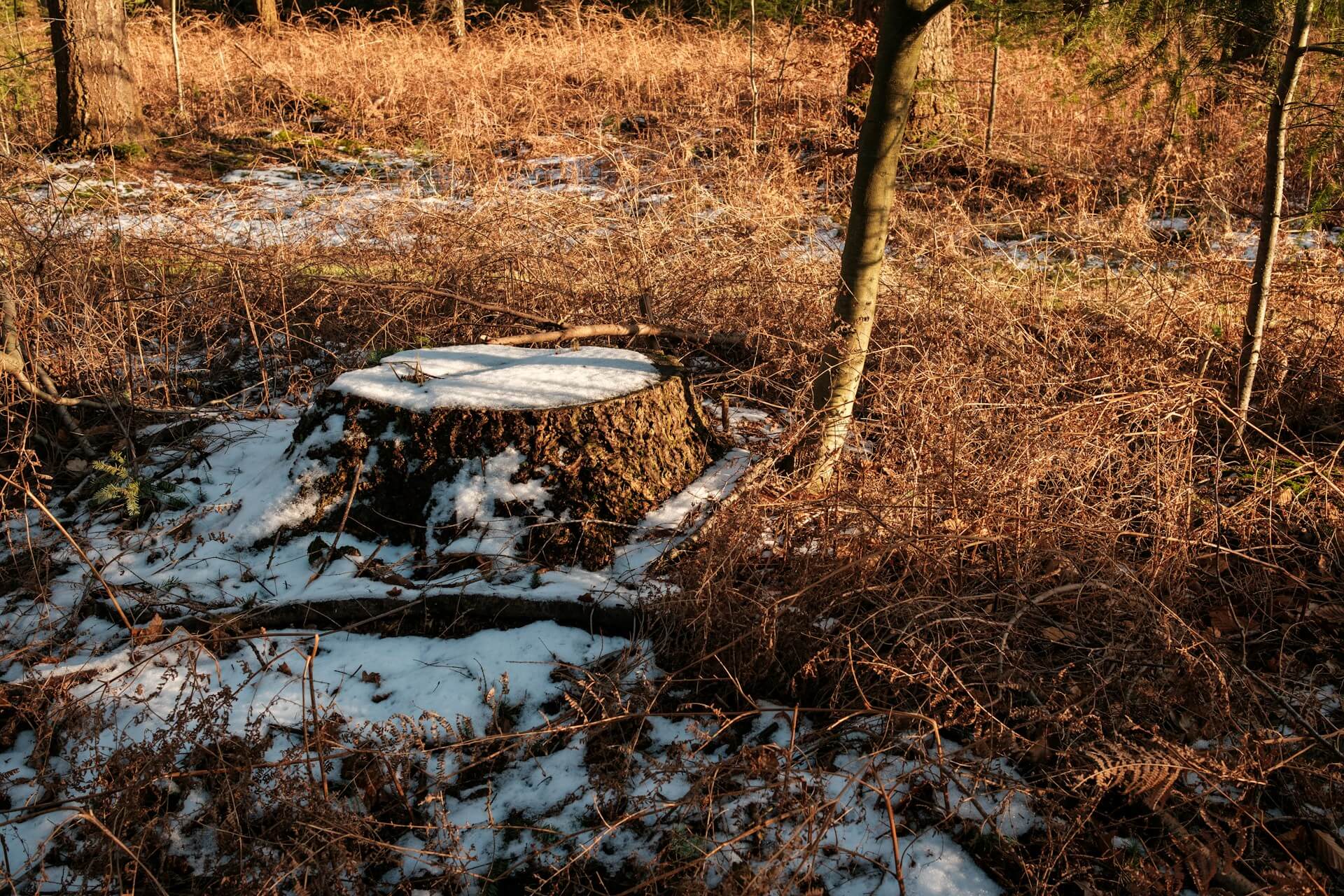Keeping your shrubs in shape is essential for maintaining the overall appearance and health of your garden.
Whether they’re ornamental, functional, or form part of your property’s natural boundaries, well-pruned shrubs contribute significantly to the aesthetics and function of your outdoor space. If you’re looking for expert shrub pruning in Sunderland, you’re in the right place.
Shrub pruning is more than just cutting branches—it’s a specialised service that requires knowledge of the plant’s growth patterns, understanding its health, and knowing how to encourage better blooming or fruiting, depending on the species.
Why Prune Your Shrubs?
Shrub pruning is vital for several reasons:
- Promotes healthier growth: Pruning helps to remove dead, dying, or diseased branches, which can affect the rest of the shrub. It also encourages new growth, allowing the plant to thrive.
- Improves shape and appearance: Unpruned shrubs can become unsightly, growing too large or uneven. Pruning maintains the shape and prevents them from becoming unruly.
- Increases flowering or fruiting: Pruning at the right time can encourage more blooms or fruit, depending on the type of shrub. For flowering shrubs, it’s often necessary to prune after blooming to ensure a vibrant display the following season.
- Controls size: In some cases, shrubs can grow too large for their space, overshadowing other plants or blocking light. Pruning keeps them at a manageable size and prevents overgrowth.
When is the Best Time to Prune Shrubs?
The timing of shrub pruning depends largely on the type of shrub you have and the purpose of the pruning. In Sunderland, the climate allows for a few key periods where pruning is ideal:
Late Winter to Early Spring
Pruning during this time is perfect for deciduous shrubs. Since these plants have lost their leaves, it’s easier to see their structure and assess which branches need removing. This is also a great time to prune as the plants are still dormant, allowing them to recover quickly before the growing season begins.
After Flowering
For flowering shrubs, pruning immediately after their bloom cycle ends is recommended. This helps to promote new growth, which will result in more vibrant flowers the following year. Some species, such as hydrangeas and lilacs, require this type of care.
Autumn Pruning
Light pruning in autumn can be beneficial for maintaining shape and removing any dead branches before winter sets in. However, heavy pruning at this time of year is not recommended, as it can leave the plant vulnerable to frost damage.
How to Prune Shrubs Correctly
Pruning might seem straightforward, but it requires precision and knowledge to avoid damaging the plant. Here are some key steps we follow to ensure a successful prune:
- Assess the plant’s health: Before we begin, we evaluate the shrub to identify any diseased, dead, or damaged branches that need removing.
- Use the right tools: Using sharp, clean tools is essential for making clean cuts that won’t harm the plant. We use a combination of secateurs, loppers, and saws, depending on the size of the branches.
- Follow the natural shape: Pruning is about enhancing the plant’s natural form. We avoid harsh cuts that could leave the shrub looking unnatural or stunted.
- Remove crossing branches: Branches that rub against each other can cause wounds that leave the plant susceptible to disease. We remove any crossing or crowded branches to open up the shrub’s structure.
- Prune just above a bud: We make cuts just above a bud facing the direction we want the new growth to follow. This encourages the shrub to grow in the desired shape.
Common Shrubs in Sunderland and Their Pruning Needs
Different types of shrubs require different pruning techniques. Here’s a look at some common shrubs found in Sunderland and the specific care they need:
1. Boxwood (Buxus)
Boxwoods are a popular choice for hedges and topiary in Sunderland due to their dense, evergreen foliage. They require regular light pruning throughout the growing season to maintain their shape. However, avoid pruning in late autumn, as new growth may be damaged by frost.
2. Hydrangea
Hydrangeas are known for their large, showy blooms. For the best display, hydrangeas should be pruned after they finish blooming. Deadheading spent flowers and removing weak or damaged branches will encourage stronger growth next season.
3. Forsythia
Forsythia is one of the first shrubs to bloom in spring, with bright yellow flowers. To maintain its shape and encourage more flowers, prune forsythia immediately after it finishes flowering. This ensures the plant has enough time to develop buds for the next season.
4. Lavender
Lavender is prized for its fragrant flowers and silver foliage. Pruning lavender in late summer, after it finishes flowering, helps to maintain its compact shape and encourages fresh growth. It’s important not to cut back into old wood, as lavender may not recover from this.
5. Lilac
Lilacs produce stunning, fragrant blooms in late spring. They should be pruned immediately after flowering to promote strong growth and prevent the shrub from becoming leggy. Remove any old or weak branches to encourage new shoots.
How Much Does Shrub Pruning Cost in Sunderland?
The cost of shrub pruning can vary depending on several factors:
- Size and number of shrubs: Larger shrubs or multiple shrubs will require more time and labour.
- Type of pruning required: Light pruning to maintain shape will be less costly than heavy pruning to rejuvenate an overgrown or diseased shrub.
- Access to the site: If the shrubs are in hard-to-reach areas, this can add to the overall cost.
On average, shrub pruning in Sunderland can start from £30 for smaller, well-maintained shrubs. For larger or more complex jobs, prices can range higher depending on the specifics of the task. At Tree Services Sunderland, we provide clear and competitive pricing, with a full quote provided before any work begins.
Why Choose Tree Services Sunderland?
Pruning shrubs might seem like a job you can handle yourself, but doing it wrong can lead to permanent damage to your plants. That’s why hiring professionals is crucial. Here’s why Tree Services Sunderland is your best option:
- Experienced professionals: Our team has years of experience in shrub pruning, ensuring we know exactly how to handle different types of plants.
- Tailored care: We understand that every garden is different, so we provide personalised care for your specific shrubs and garden needs.
- Comprehensive services: From light pruning to more intensive shrub restoration, we offer a wide range of services to suit all gardens.
- Customer satisfaction: We take pride in delivering excellent results. Our goal is to ensure your garden looks its best and your shrubs remain healthy for years to come.
Tips for Maintaining Your Shrubs Between Prunings
While professional pruning is recommended at least once a year, there are steps you can take to keep your shrubs looking good between prunings:
- Water regularly: Especially during dry spells, keeping your shrubs hydrated is essential to their health.
- Fertilise: Use a balanced fertiliser in spring to give your shrubs a nutrient boost.
- Mulch: Applying mulch around the base of your shrubs helps retain moisture and suppress weeds.
- Check for pests and diseases: Regularly inspect your shrubs for signs of pests or disease. Early detection can prevent a minor issue from becoming a major problem.
Conclusion: Keep Your Shrubs Looking Their Best
Shrub pruning is an essential part of maintaining a healthy and beautiful garden. Whether you need light trimming or a more intensive pruning job, Tree Services Sunderland is here to help. We specialise in providing expert shrub pruning services that enhance your garden’s aesthetics and promote healthier, longer-lasting plants.
Ready to improve the look and health of your shrubs? Contact us today to book your shrub pruning service and keep your garden looking its best year-round.
Get A Quick Quote
Please provide your contact details here, and we’ll get back to you shortly with a personalised quote.



